Description
What is High Gain 2G 3G 4G LTE Antenna PCB Trace Antenna?
The CTRF-ANTENNA-PCB-7027-14512-IPEX High Gain 2G 3G 4G LTE Antenna PCB Trace Antenna is a Multiband 4G and LTE Internal PCB Antenna ideal for integrating LTE and 4G terminals gateways and devices.
The High Gain 10/12dBi 2G 3G 4G LTE Antenna PCB Trace Antenna Is A Multiband Internal PCB Antenna manufactured by C&T RF Antennas Inc.
C&T RF Antennas Inc provides internal & external antennas with antenna radio frequencies such as NFC, 169MHz, 230MHz, 315MHz, 433MHz, 868MHz, 915MHz, VHF&UHF, Lora, NB-IoT, ADS-B, GSM, GNSS, GPRS, 1.2 GHz, 1.4 GHz, 1.8 GHz, Wi-Fi 2.4 GHz, 5.8 GHz, Cellular 2G, 3G, 3.5 GHz, 4G LTE, GPS, 5G NR, 6G, etc.
C&T RF Antennas Inc. provides RF antennae with Omni & Directional antenna types such as Dipole Antennas, Whip Antennas, Marine Antennas, Router Antennas, MIMO Antennas, Combo Antennas, PCB Antennas, FPC Antennas, Spring Antennas, Magnetic Antennas, Sector Antennas, Yagi Antennas, and Accessories, etc, for IoT & M2M industries.
Contact us for the High Gain 2G 3G 4G LTE Antenna PCB Trace Antenna for more details such as 2G 3G 4G LTE Antenna datasheet, 2G 3G 4G LTE Antenna pricing, 2G 3G 4G LTE Antenna inventory, or other 2G 3G 4G LTE PCB Antenna types.
High Gain 2G 3G 4G LTE Antenna PCB Antenna Specifications:
High Gain 2G 3G 4G LTE Antenna PCB Antenna Electrical Specifications |
|
| RF Antenna Type | Built-in PCB Antenna |
| Model | CTRF-ANTENNA-PCB-7027-14512-IPEX |
| Frequency | 698-960MHz, 1710-2700MHz |
| Gain | 10dBi/12dBi |
| VSWR | ≤2.5 |
| Impedance | 50 Ω |
| Polarization | Vertical/Linear |
| Cable Type | RG1.13 |
| Connector | U.FL/IPEX |
| Cable Length | 100mm |
| Lightning Protection | DC-Ground |
High Gain 2G 3G 4G LTE Antenna PCB Antenna Mechanical Specifications |
|
| PCB Board Dimension | 145*12mm |
| Weight | Approx. 8g |
| Material | PCB + RG Cable + U.FL connector |
| Operation Temperature | -40˚C ~ +65˚C |
| Storage Temperature | -40˚C ~ +70˚C |
| Color | Green |
| Antenna Design | Dipole Antenna |
| Mounting | Connector/Peel-and-Stick |
| Safety Emission and other | RoHS Compliant |
| Applications | ISM/SCADA/Utilities, IoT/M2M/NB-IoT/LoRa, 2G 3G 4G LTE/LTE-IoT, GSM GPRS UMTS, etc. |
2G 3G 4G LTE PCB Antenna Features

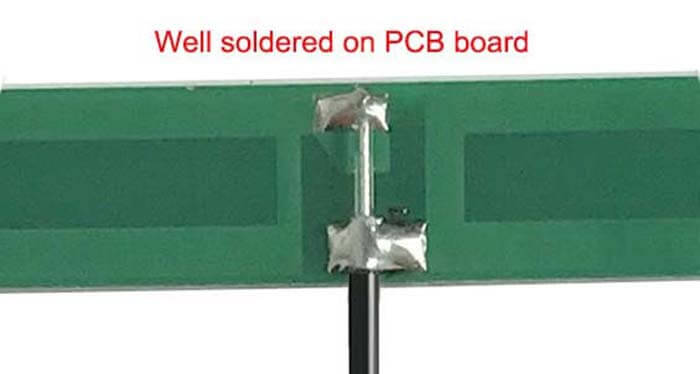
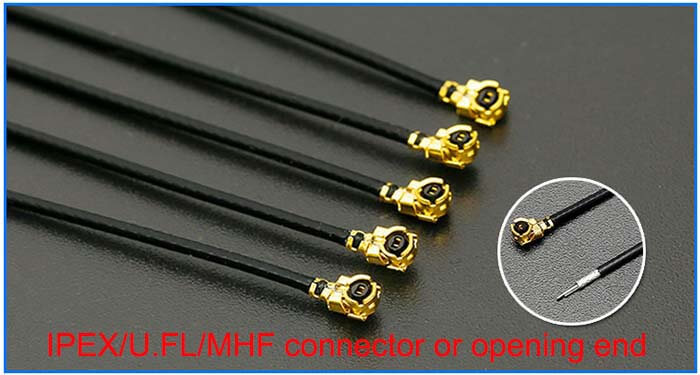
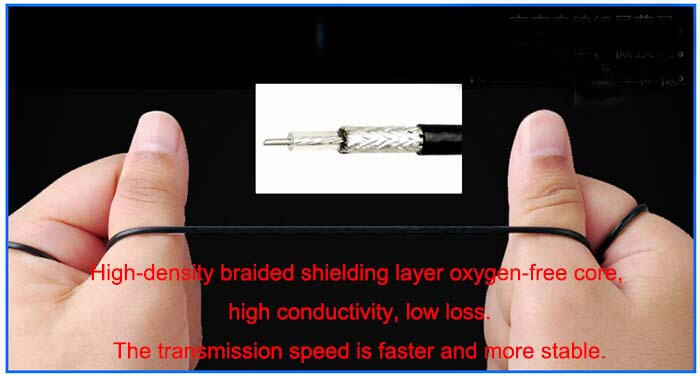
2G 3G 4G LTE Antenna Applications
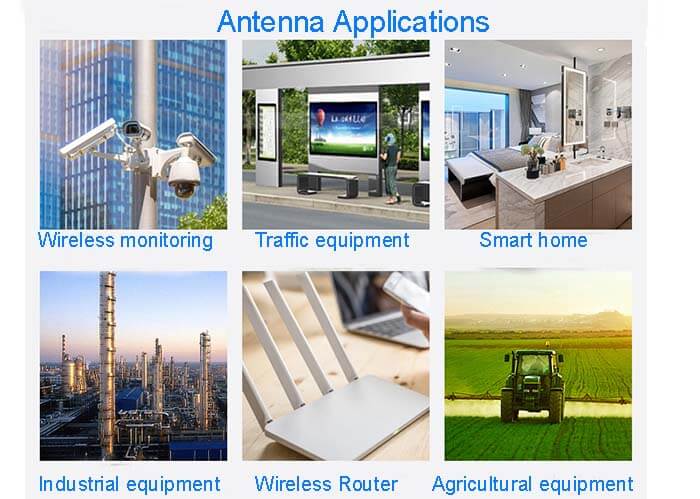
What is a 2G 3G 4G LTE Antenna?
LTE is a long-term evolution of the UMTS technical standard formulated by the 3GPP organization. It was formally established and launched at the 3GPP Toronto meeting in December 2004.
The LTE system introduces key technologies such as OFDM and MIMO, which significantly increases the spectrum efficiency and data transmission rate, and supports multiple bandwidth allocations: 1.4MHz, 3MHz, 5MHz, 10MHz, 15MHz, and 20MHz, etc.,
And supports global mainstream 2G/3G frequency bands And some new frequency bands, so the spectrum allocation is more flexible, and the system capacity and coverage are also significantly improved.
The LTE system network architecture is flatter and simpler, reducing network nodes and system complexity, thereby reducing system delays, and reducing network deployment and maintenance costs.
The LTE system supports interoperability with other 3GPP systems.
LTE systems are divided into FDD-LTE and TDD-LTE according to different duplex modes. The main difference between the two technologies lies in the physical layer of the air interface (like frame structure, time division design, synchronization, etc.).
The FDD system air interface uses paired frequency bands to receive and send data for uplink and downlink, while the TDD system uses the same frequency band for uplink and downlink transmission in different time slots.
Compared with the FDD duplex mode, TDD has higher spectrum utilization.
LTE is based on the old GSM/EDGE and UMTS/HSPA network technologies and is an upgrade of the GSM/UMTS standard.
The current goal of LTE is to use new technologies and modulation methods to improve the data transmission capacity and data transmission speed of wireless networks, such as the new digital signal processing (DSP) technology, most of these technologies were proposed around 2000.
The long-term goal of LTE is to simplify and redesign the network architecture to make it an IP-based network so that there will be no undesirable factors in the transition of 3G networks.
Because the interface of LTE is not compatible with 2G and 3G networks, LTE needs to operate in frequency bands with the original network.
Although LTE is advertised as a 4G antenna standard, it has not actually been recognized by 3GPP as the next-generation wireless communication standard IMT-Advanced described by the International Telecommunication Union, so it has not reached the 4G standard in a strict sense.
Only the upgraded version of LTE Advanced can meet the 4G requirements of the International Telecommunication Union.
1. Unicom 4G is faster.
2. Both China Unicom and China Mobile have TD-LTE licenses with the same network speed, downlink: 100Mbps, uplink: 50Mbps.
3. China Unicom also has an LTE FDD license. The network speed is theoretically faster. LTE FDD downlink: 150Mbps, LTE FDD uplink: 40Mbps.



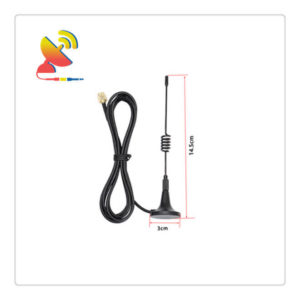
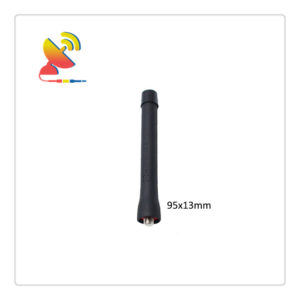
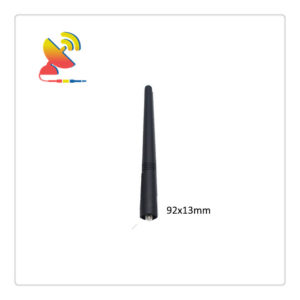
Reviews
There are no reviews yet.